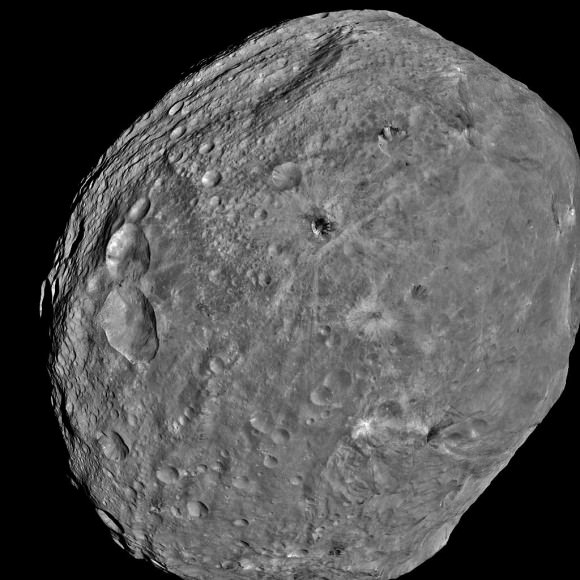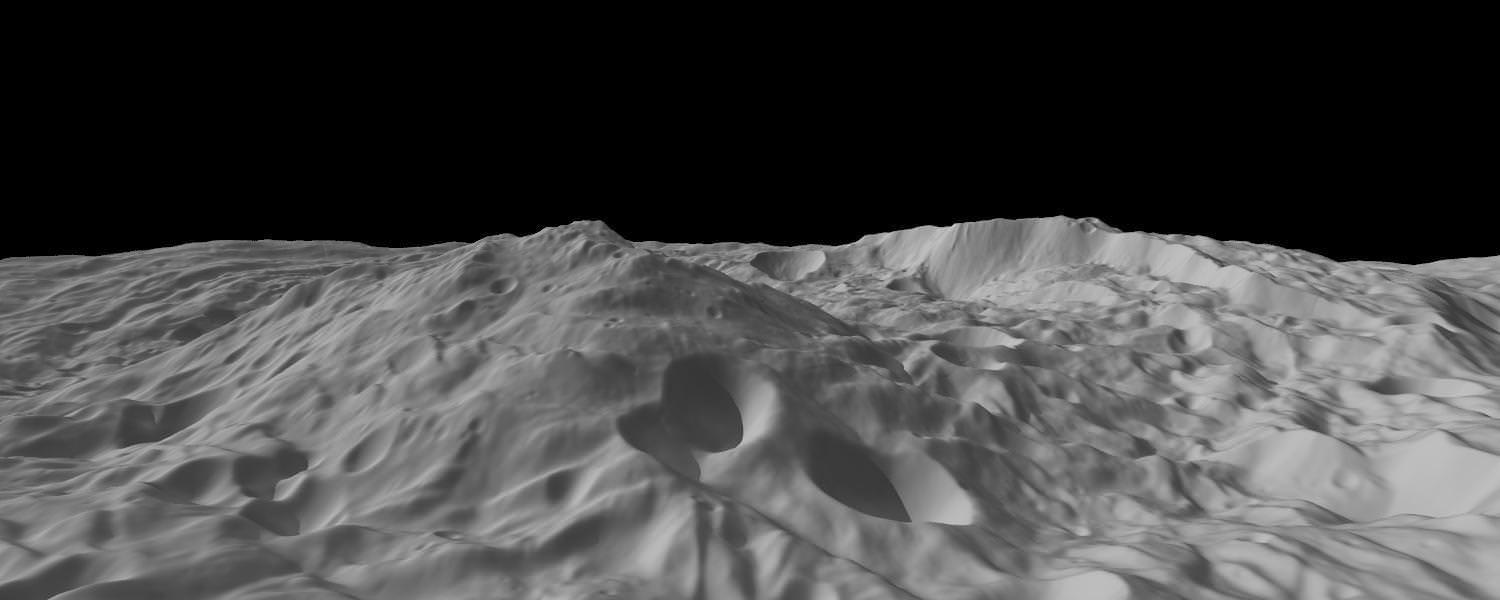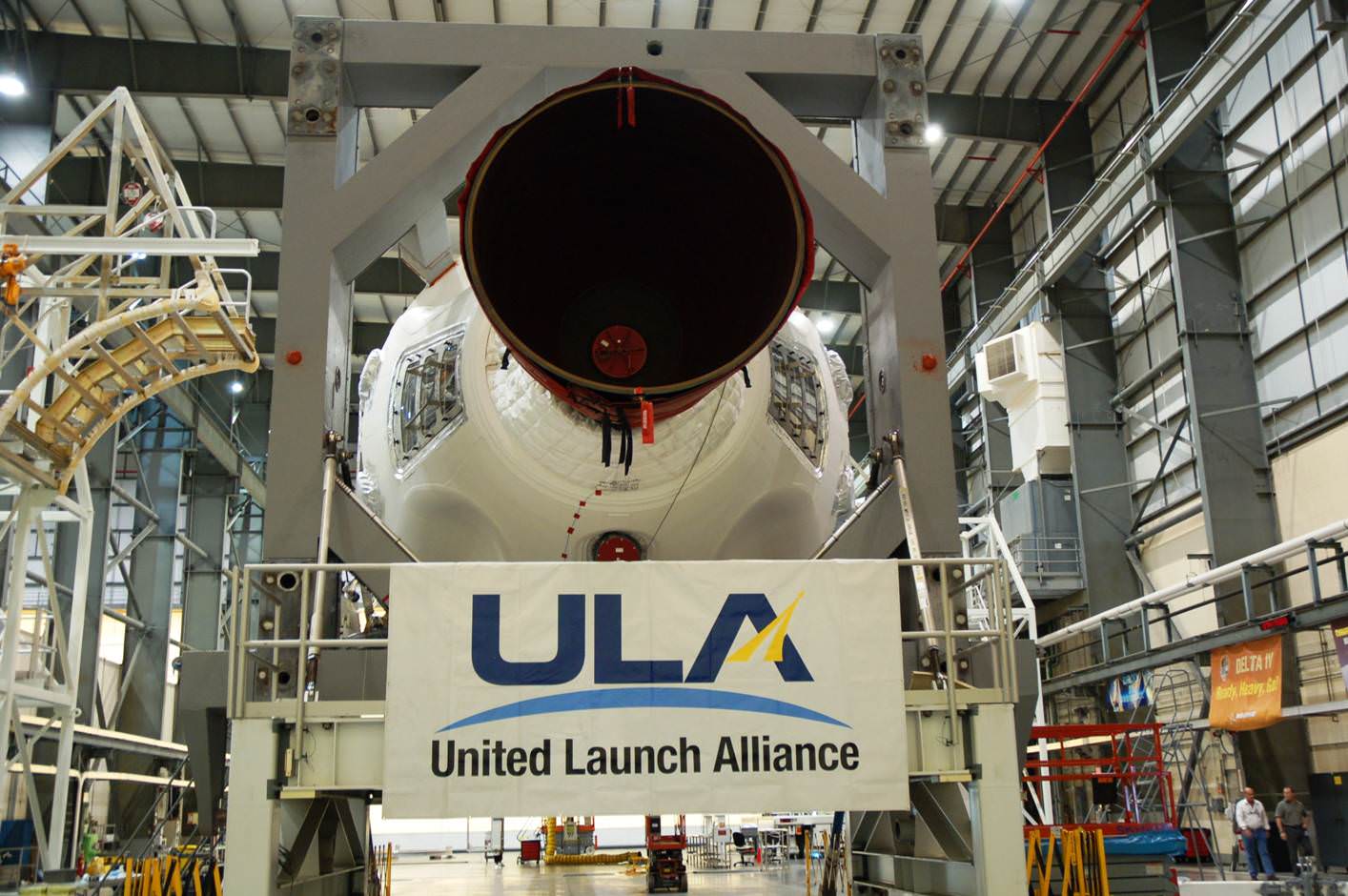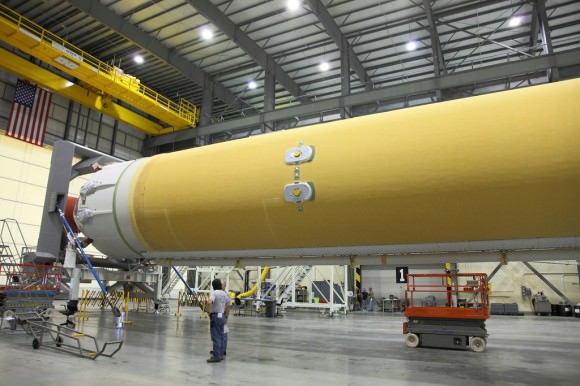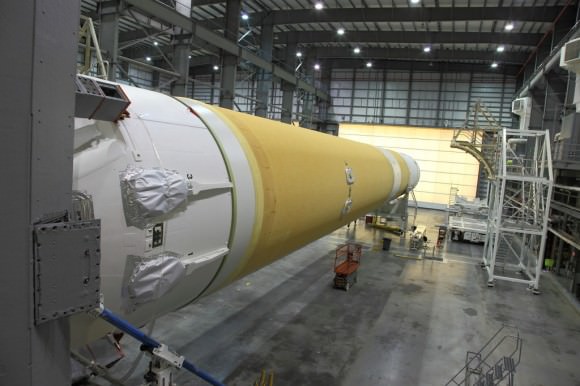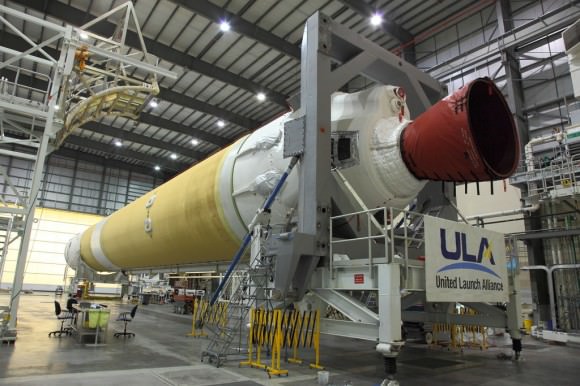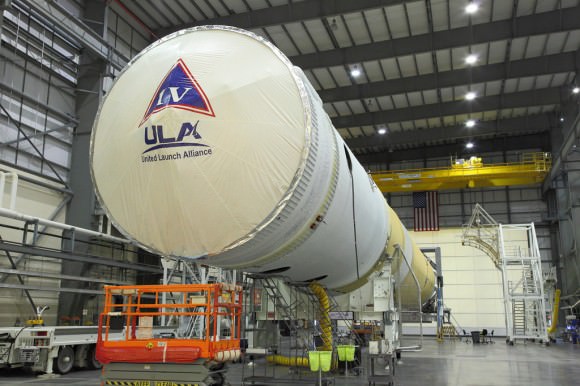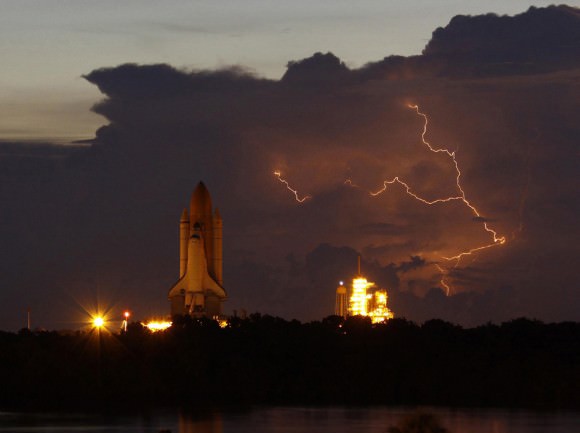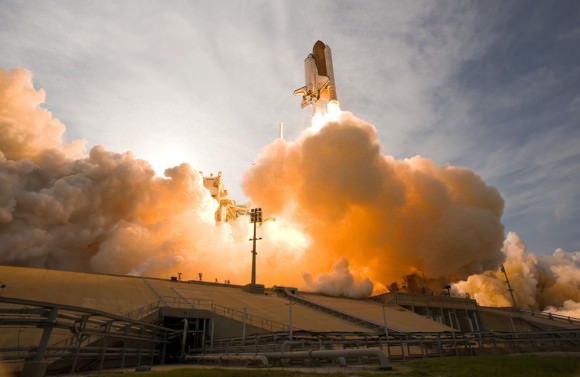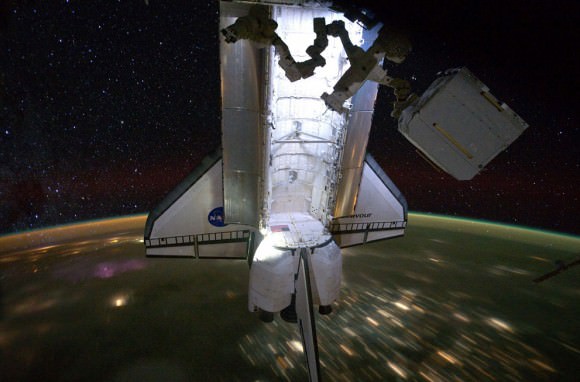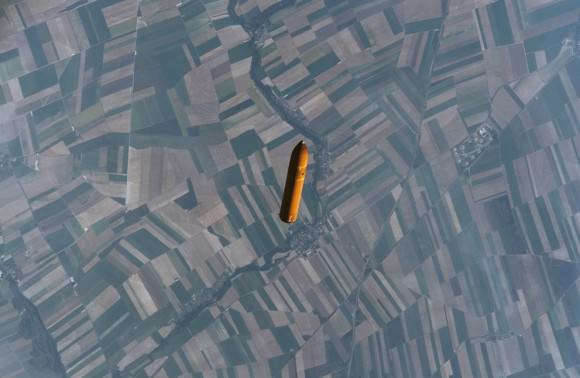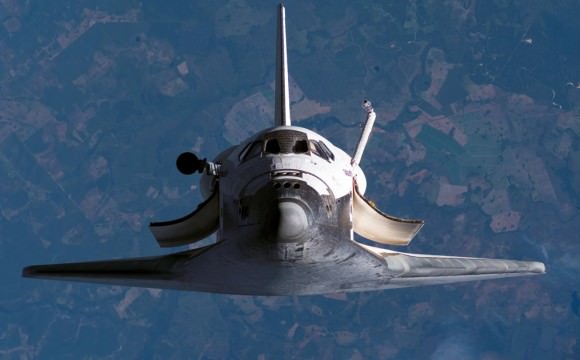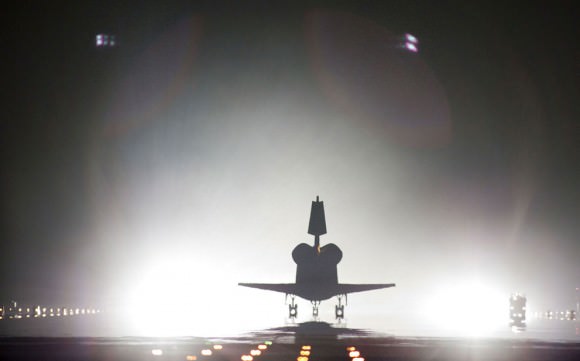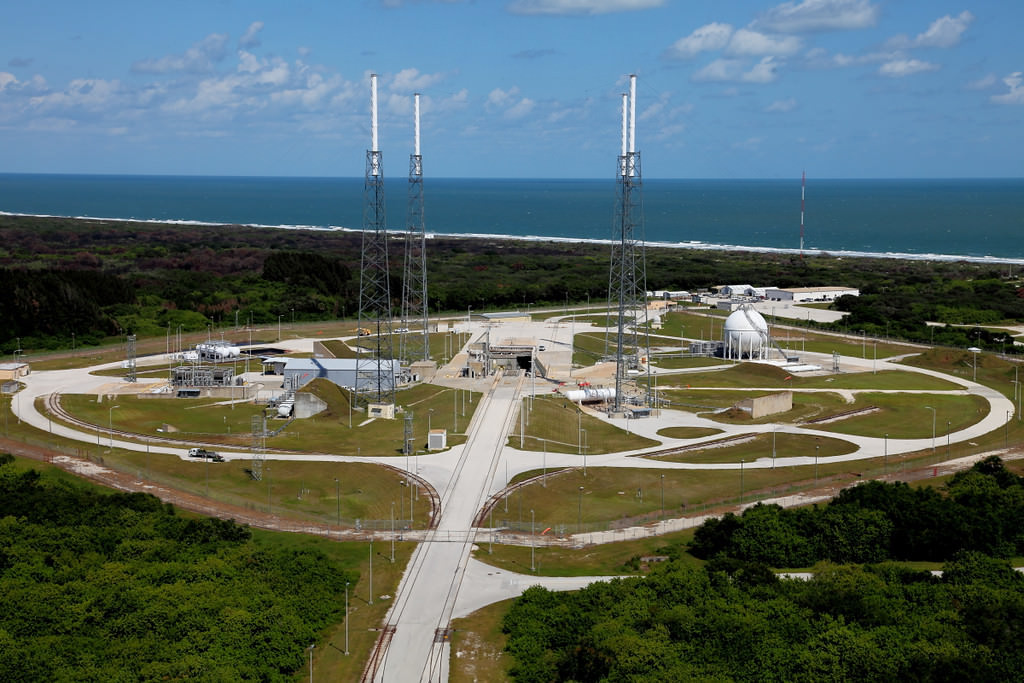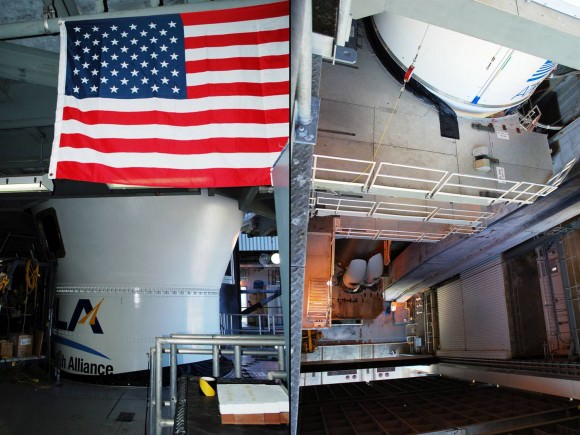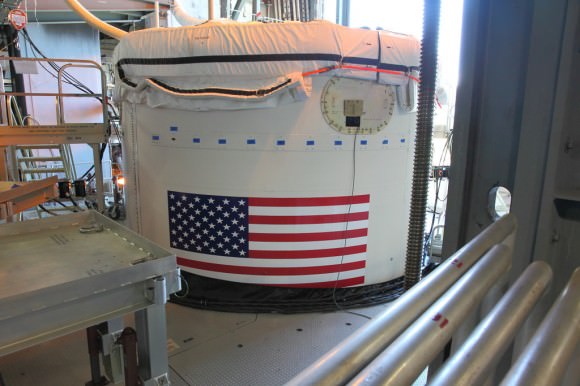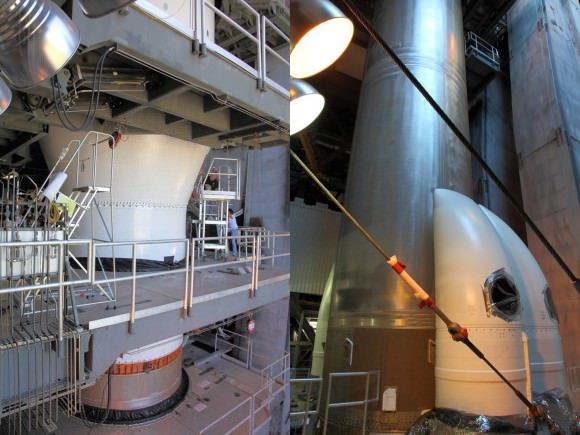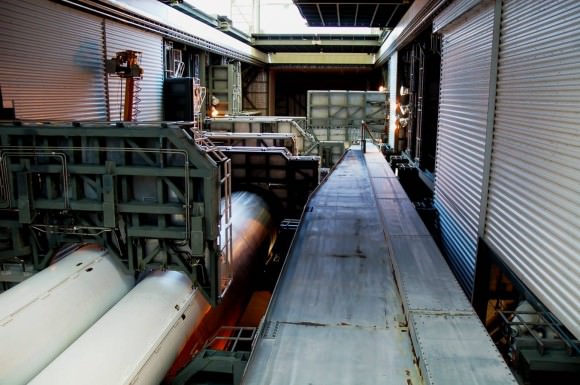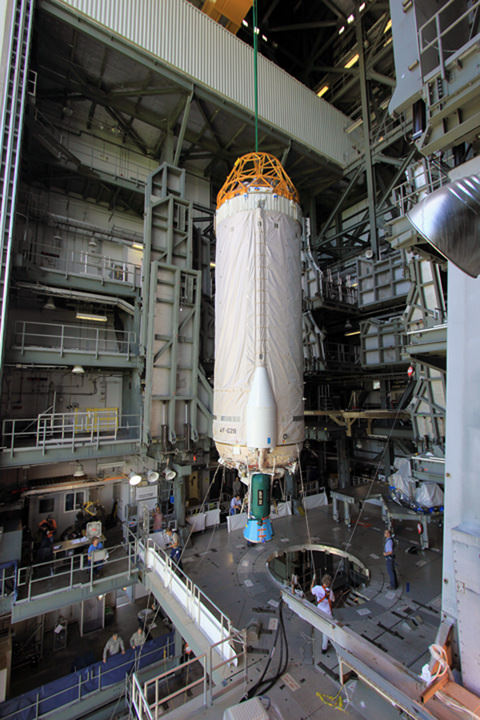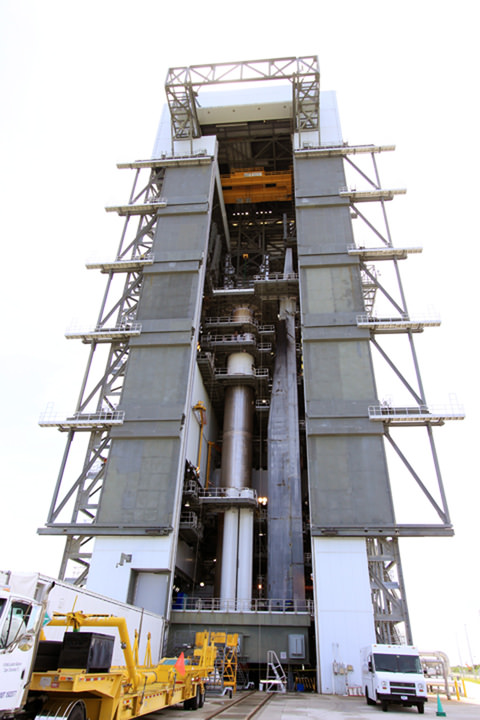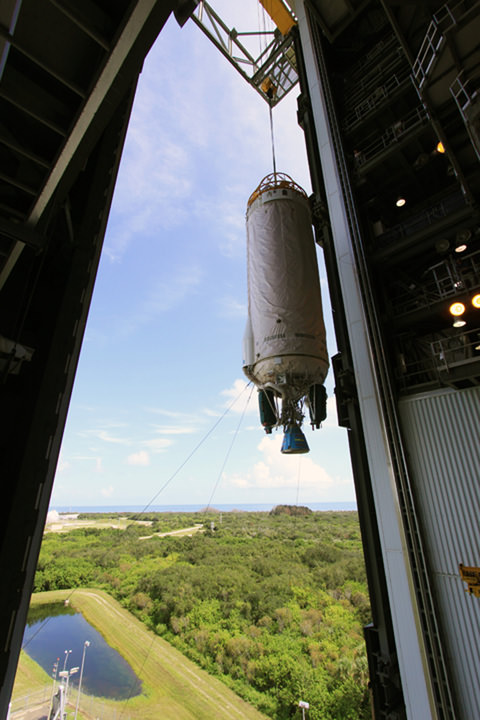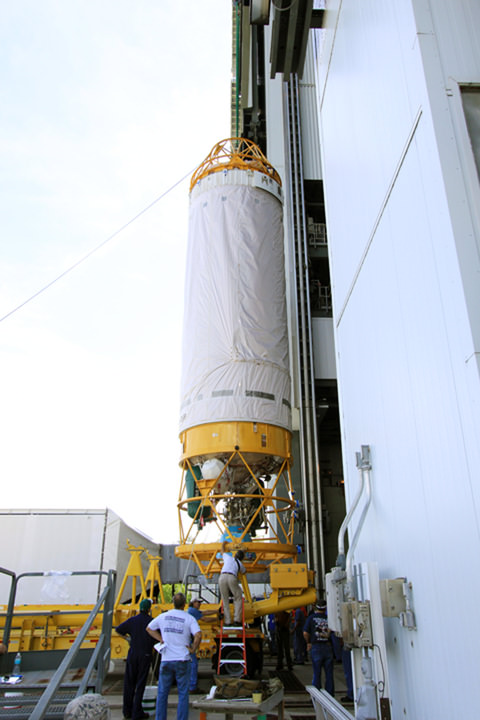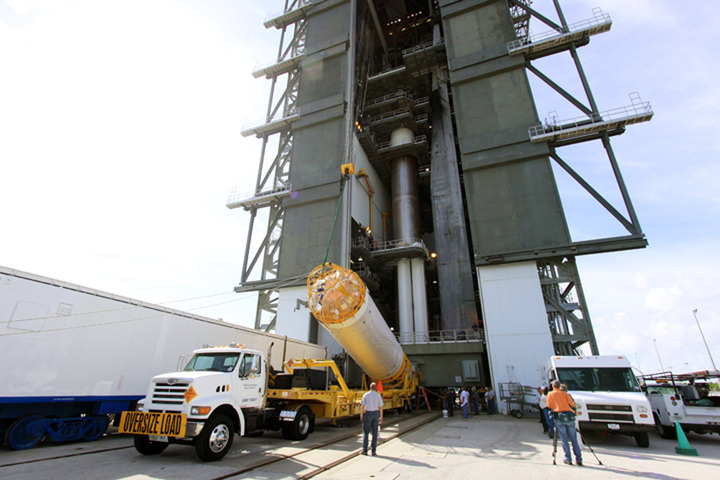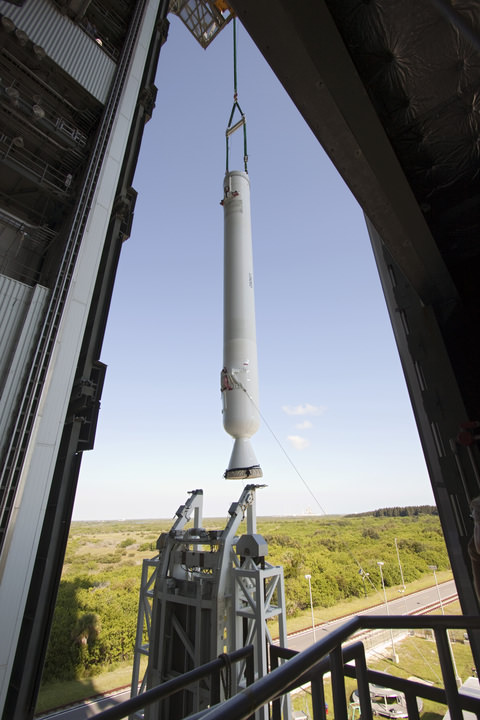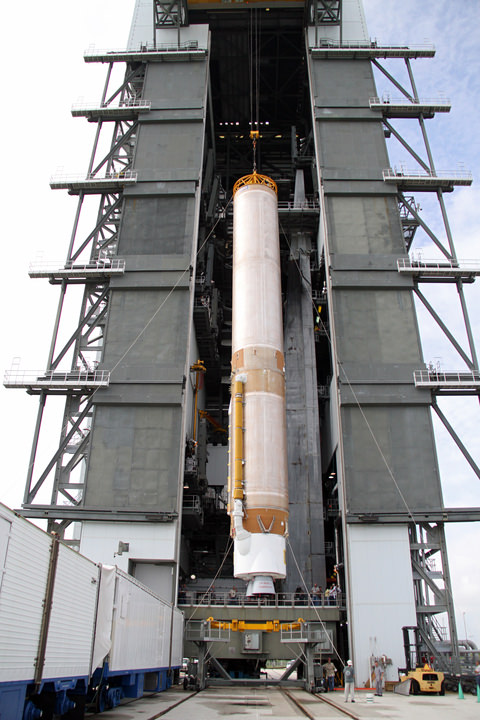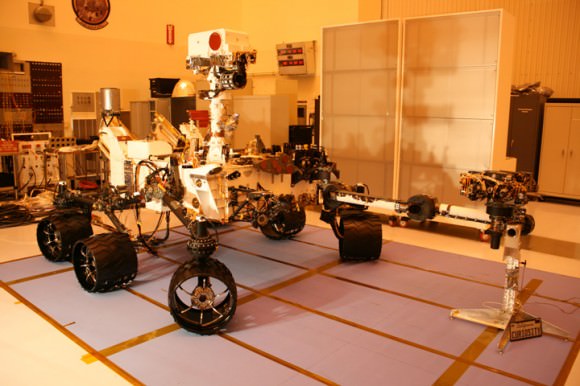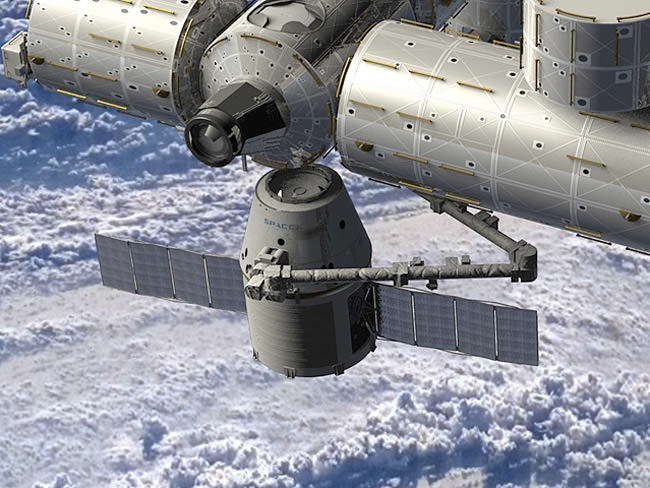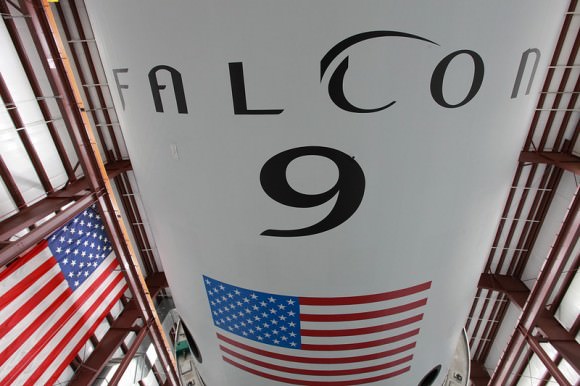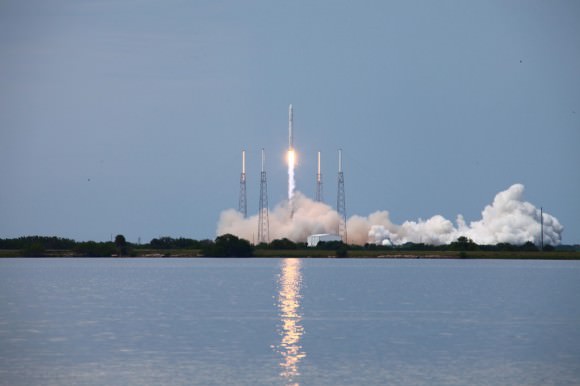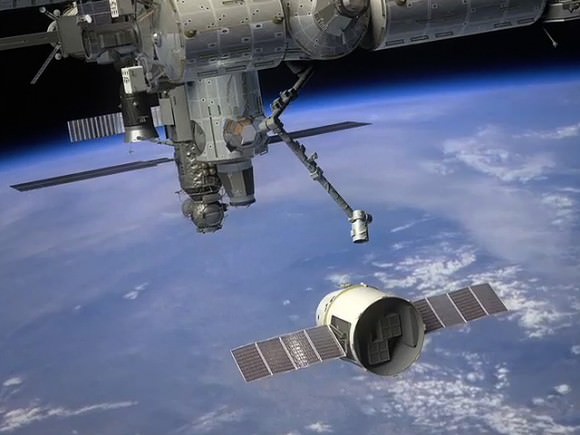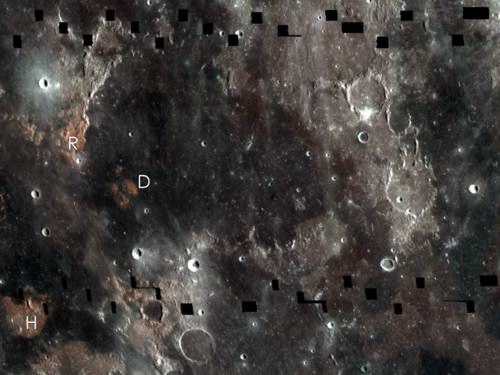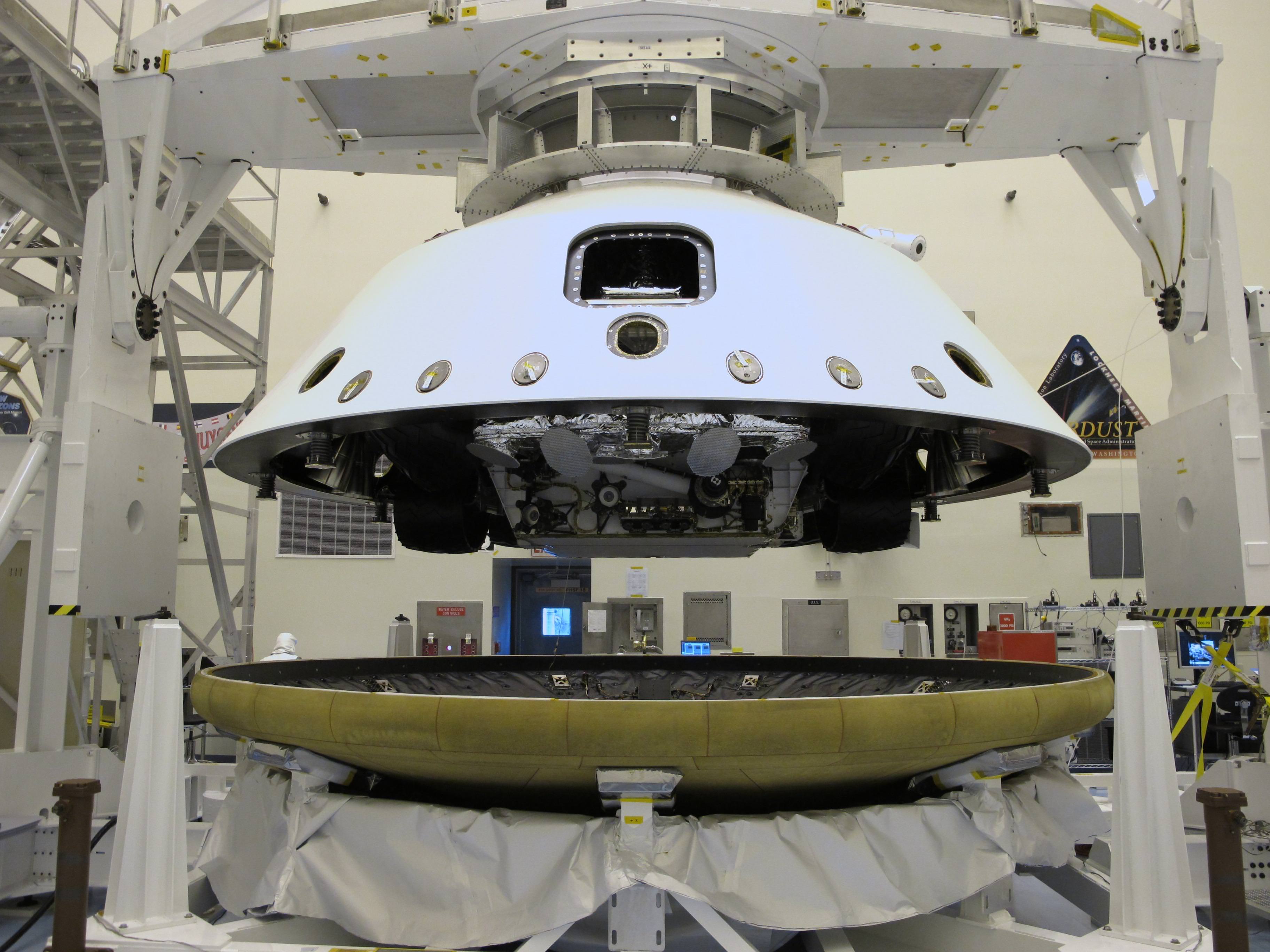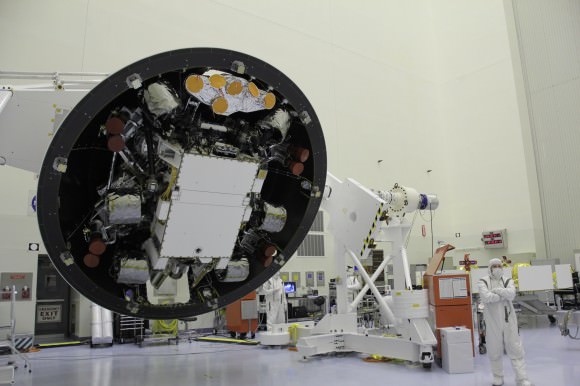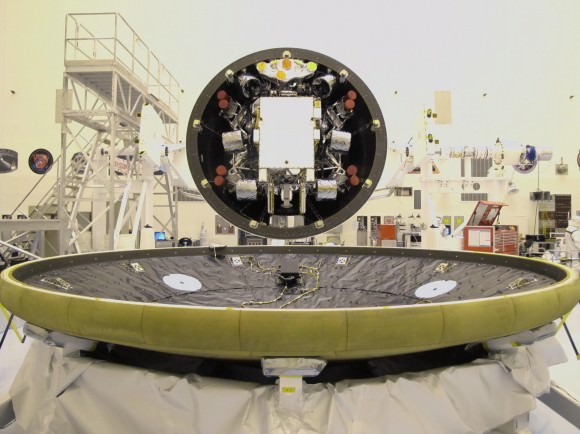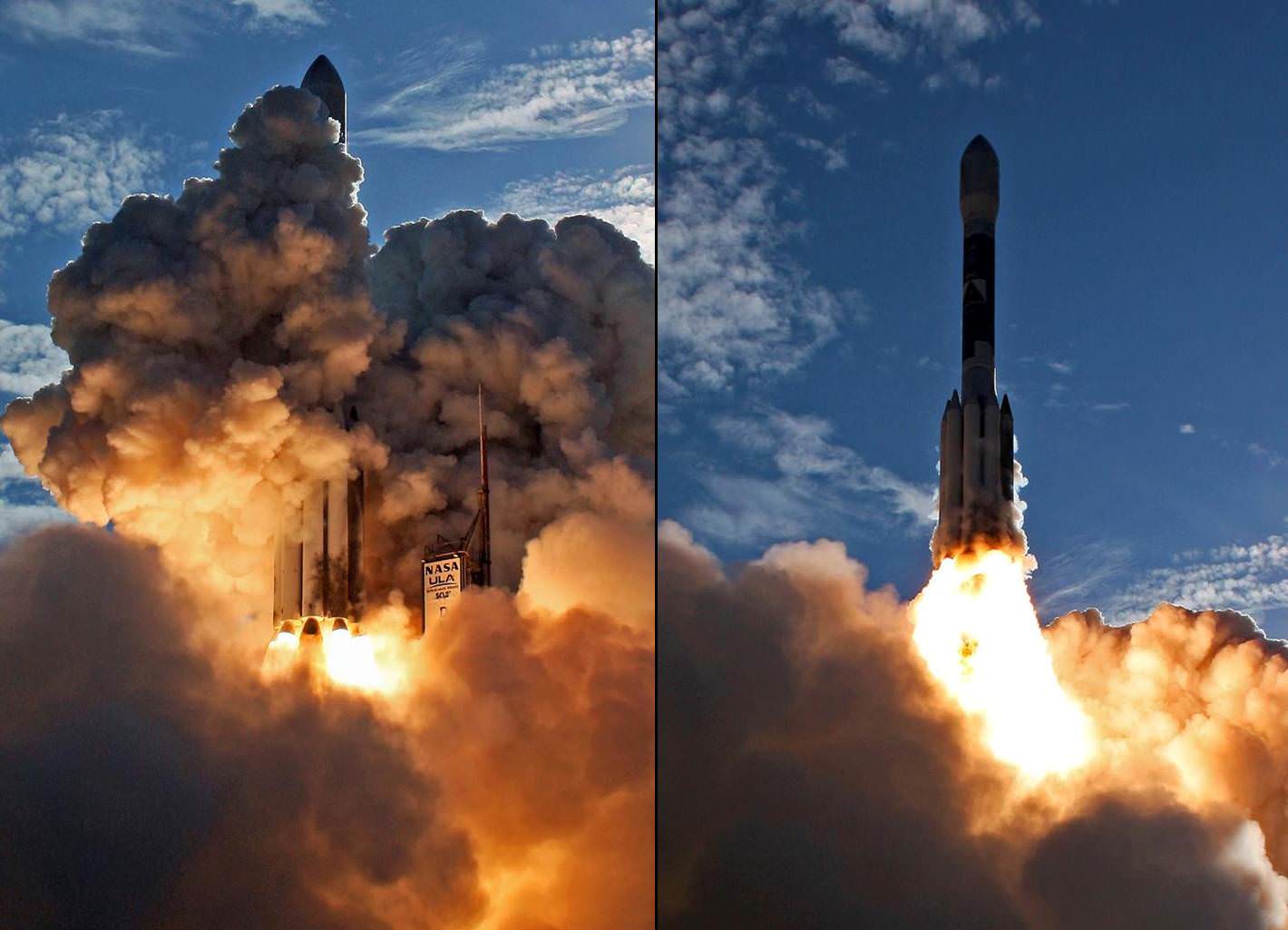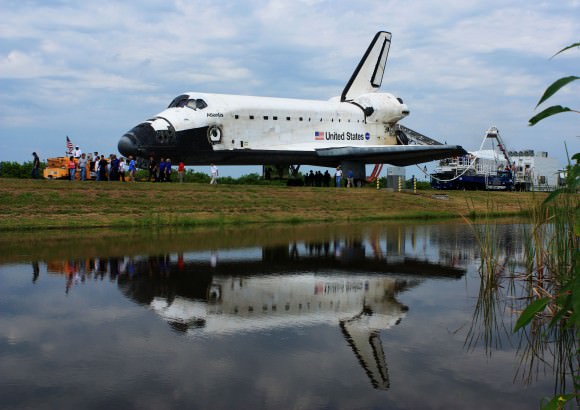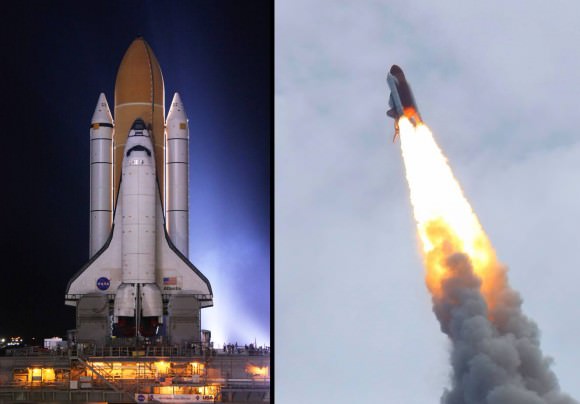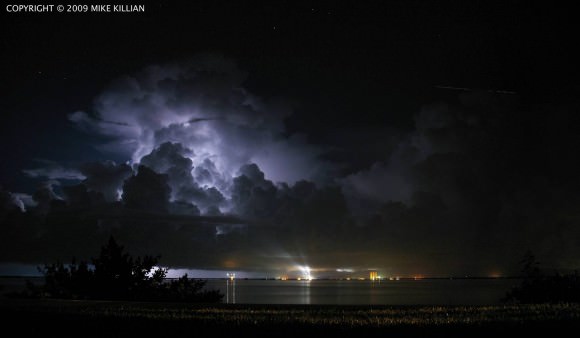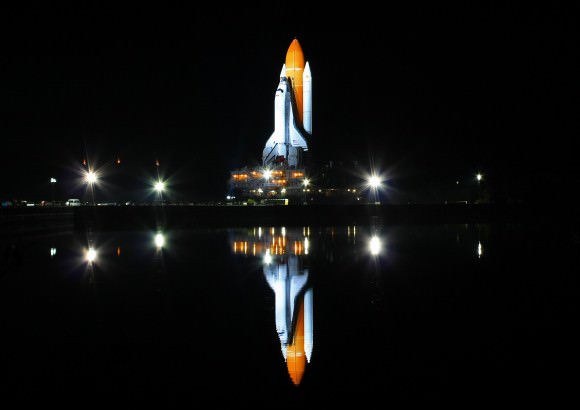[/caption]
At a joint meeting of the European Planetary Science Congress and the American Astronomical Society’s Division for Planetary Sciences, Mark Robinson and Brett Denevi have unveiled a map of the Moon combining observations in visible and ultraviolet wavelengths showing areas rich in Titanium ores. This discovery not only provides a potential source of a valuable metal, but also provides valuable information which will help scientists better understand lunar formation and composition of the Moon’s interior.
How did Robinson and Denevi create this map, and what can other scientists learn from this new data?
“Looking up at the Moon, its surface appears painted with shades of grey – at least to the human eye. But with the right instruments, the Moon can appear colourful,” said Robinson, (Arizona State University). “The maria appear reddish in some places and blue in others. Although subtle, these colour variations tell us important things about the chemistry and evolution of the lunar surface. They indicate the titanium and iron abundance, as well as the maturity of a lunar soil.”
Robinson and the LROC team previously used similar methods with Hubble Space Telescope images to map titanium abundances near the Apollo 17 landing site, which had varying titanium levels. When Robinson compared the Apollo data with the HST images, it was revealed that titanium levels corresponded to the ratio of ultraviolet to visible light reflected by the lunar surface.
“Our challenge was to find out whether the technique would work across broad areas, or whether there was something special about the Apollo 17 area,” said Robinson. Using nearly 4000 images from the LRO Wide-Area Camera (WAC), Robinson’s team created a mosaic image, which was then studied using the techniques developed with the Hubble imagery. The research used the same ultraviolet to visible light ratio to deduce titanium abundance, which was verified by surface samples gathered by Apollo and Luna missions.
“We still don’t really understand why we find much higher abundances of titanium on the Moon compared to similar types of rocks on Earth. What the lunar titanium-richness does tell us is that the interior of the Moon had less oxygen when it was formed, knowledge that geochemists value for understanding the evolution of the Moon,” added Robinson.
On our Moon, titanium is found in a mineral known as ilmenite, which contains iron, titanium and oxygen. In theory, Lunar miners could process ilmenite to separate the iron, titanium and oxygen. Aside from the elements present in ilmenite, Apollo data shows that minerals containing titanium can retaining particles from the solar wind, such as helium and hydrogen. Future inhabitants of the Moon would find helium and hydrogen, along with oxygen and iron to be vital resources.
“The new map is a valuable tool for lunar exploration planning. Astronauts will want to visit places with both high scientific value and a high potential for resources that can be used to support exploration activities. Areas with high titanium provide both – a pathway to understanding the interior of the Moon and potential mining resources,” said Denevi (John Hopkins University).
The new maps also provide insight into how lunar surface materials are altered by the impact of charged particles from the solar wind and high-velocity micrometeorite impacts. Over time, lunar rock is pulverized into a fine powder by micrometeorite impacts, and charged particles alter the chemical composition and color of the surface.Recently exposed materials, such as ejecta from impacts appear bluer and have higher reflectivity than older Lunar regolith (soil). Younger material is estimated to take about half a billion years to fully “weather” to the point where it would blend in with older material.
“One of the exciting discoveries we’ve made is that the effects of weathering show up much more quickly in ultraviolet than in visible or infrared wavelengths. In the LROC ultraviolet mosaics, even craters that we thought were very young appear relatively mature. Only small, very recently formed craters show up as fresh regolith exposed on the surface,” said Robinson.
So it seems there’s always something new to be learned from our Moon. Coincidentally, tomorrow (October 8th) is International Observe the Moon Night, so make sure you grab your binoculars or telescope tomorrow night and do some lunar observations! Be sure to check out our previous coverage of International Observe the Moon Night by our Senior Editor, Nancy Atkinson at: http://www.universetoday.com/89522/need-an-excuse-to-gaze-at-the-moon-international-observe-the-moon-night-is-coming/
If you’d like to learn more about the Lunar Reconnaissance Orbiter Camera, visit: http://lroc.sese.asu.edu/
Source: Europlanet Research Infrastructure / Division for Planetary Sciences of the American Astronomical Society Joint Press Release
